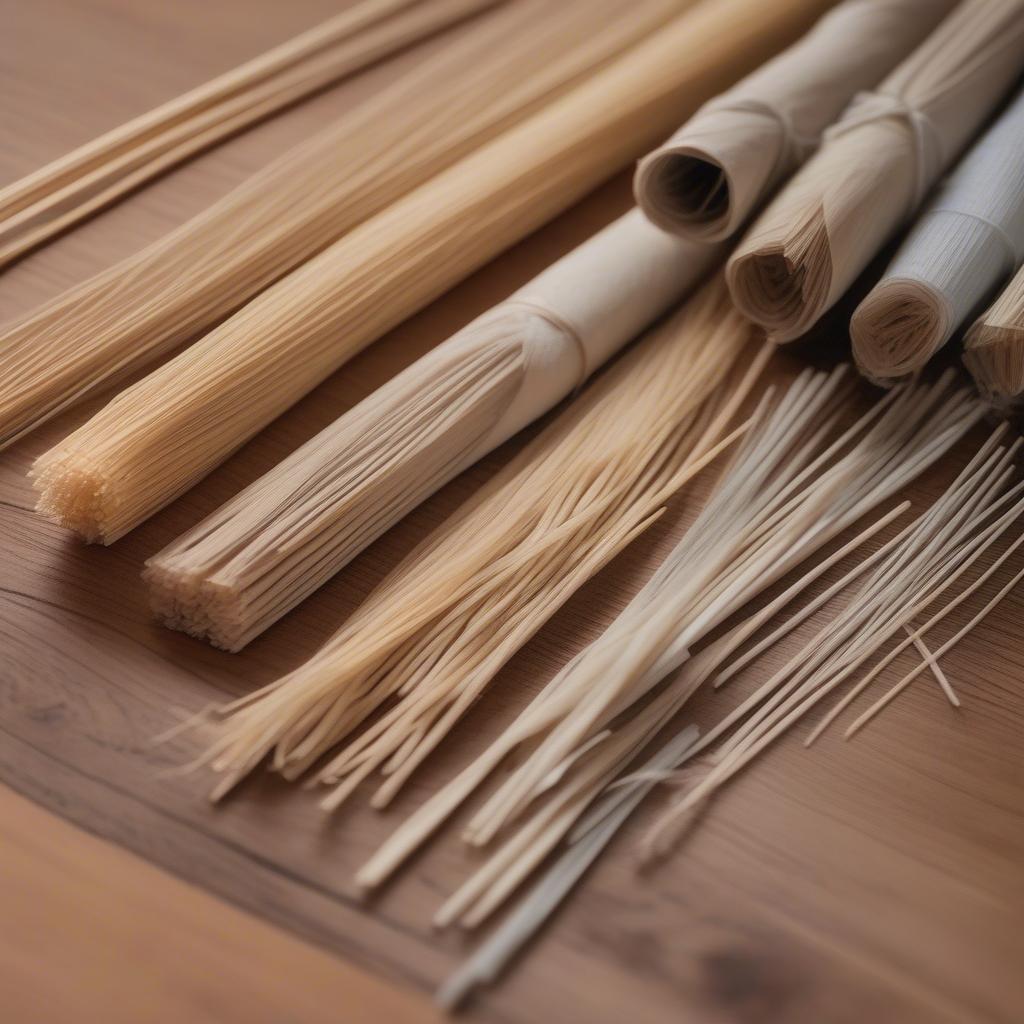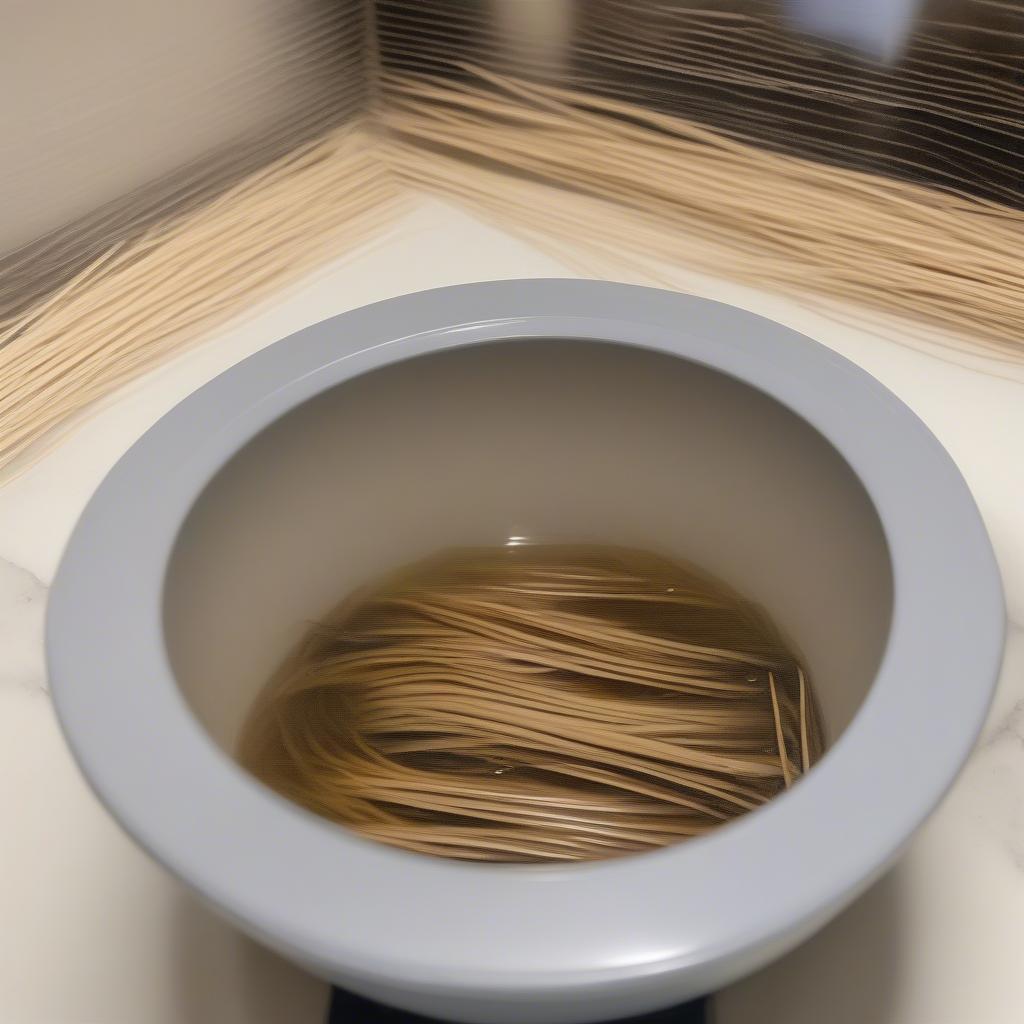Weave Chair
Buy Reed to Weave a Chair Seat: A Comprehensive Guide
Buying reed to weave a chair seat can seem daunting if you’re new to the craft. From choosing the right type of reed to understanding the weaving process, there’s a lot to learn. This guide will provide you with everything you need to know to buy reed with confidence and start weaving beautiful chair seats.
Understanding Different Reed Types
Before you Buy Reed To Weave A Chair Seat, it’s essential to understand the different types available. Each type has its own unique properties, affecting both the look and durability of your finished project.
Natural Reed
Natural reed, also known as chair cane, is a popular choice for its classic look and feel. Harvested from the rattan palm, this material offers excellent flexibility and strength. It’s a sustainable choice and ages beautifully, developing a rich patina over time.
Paper Fibre Rush
Paper fibre rush is a cost-effective alternative to natural reed. Made from twisted paper, it’s surprisingly durable and easy to work with. It’s a great option for beginners. However, it lacks the same natural texture and longevity as genuine reed.
Synthetic Reed
Synthetic reed, often made from materials like polyethylene or polypropylene, offers superior resistance to moisture and UV damage. This makes it ideal for outdoor furniture or high-traffic areas. While it lacks the natural charm of natural reed, it offers excellent durability and ease of maintenance.
 Buying Reed for Chair Seat Weaving
Buying Reed for Chair Seat Weaving
Choosing the Right Reed for Your Project
When you buy reed to weave a chair seat, consider the following factors:
- Chair Style: The style of your chair will influence the type of reed that works best. Traditional chairs often benefit from natural reed, while more contemporary designs might suit synthetic options.
- Durability Needs: If your chair will be exposed to the elements or heavy use, consider synthetic reed for its superior durability.
- Budget: Natural reed tends to be more expensive than paper fiber or synthetic options.
- Weaving Experience: Beginners might find paper fiber rush easier to work with, while experienced weavers can explore the nuances of natural reed.
Where to Buy Reed
Now that you know what to look for, where can you buy reed to weave a chair seat?
- Online Retailers: Many online retailers specialize in chair chair cane weaving. They offer a wide selection of reed types and weaving supplies.
- Craft Stores: Local craft stores often carry a limited selection of reed, especially paper fiber rush.
- Specialty Suppliers: For a wider range of natural reed and specialized tools, consider contacting specialty suppliers who cater to furniture restoration and caning.
 Online Reed Suppliers for Chair Caning
Online Reed Suppliers for Chair Caning
Measuring and Ordering Reed
Before you buy reed to weave a chair seat, accurately measure the seat opening to determine the required amount of reed. It’s always a good idea to order a little extra to account for waste and potential mistakes. Many online resources offer guides on how to measure for chair caning. You can also explore other resources like chair and stool weaving for comprehensive information.
Preparing the Reed for Weaving
Once you’ve received your reed, it’s crucial to prepare it correctly for weaving. This typically involves soaking the reed in warm water to make it pliable and easier to work with. The soaking time varies depending on the type of reed, so always follow the manufacturer’s instructions.
 Preparing Reed for Weaving
Preparing Reed for Weaving
“Proper preparation is key to a successful weaving project,” says renowned furniture restorer, Amelia Carter. “Soaking the reed ensures flexibility and prevents breakage during the weaving process.”
Tips for a Successful Weaving Project
- Start with a simple weaving pattern before attempting more complex designs.
- Use high-quality tools specifically designed for chair caning. Explore various supplies at chair seat weaving supplies.
- Take your time and be patient. Weaving takes practice and precision.
- Don’t be afraid to ask for help or seek guidance from experienced weavers. Check out other products like poly and bark weave chair in natural for inspiration.
- Consider learning more about different types of cane, such as cane for weaving chair.
“Remember,” advises Carter, “the beauty of weaving lies in the imperfections. Embrace the process and enjoy the journey of creating something beautiful with your own hands.”
In conclusion, buying reed to weave a chair seat doesn’t have to be overwhelming. By understanding the different reed types, choosing the right material for your project, and following these tips, you can achieve beautiful and long-lasting results.
FAQ
- What is the most durable type of reed? Synthetic reed is generally the most durable.
- How long does it take to weave a chair seat? It depends on the size and complexity of the seat, but it can take anywhere from a few hours to several days.
- Can I paint or stain reed? Yes, but it’s best to do so after the weaving is complete.
- How do I clean a woven chair seat? Use a soft brush and mild detergent.
- Where can I find weaving patterns? Online resources, craft books, and specialty suppliers often offer a variety of weaving patterns.
- What tools do I need for chair caning? Essential tools include a caning needle, awl, pliers, and a mallet.
- What is the average cost of reed? The cost varies depending on the type and quantity, but expect to pay anywhere from a few dollars to several hundred for a large project.
Need further assistance? Contact our 24/7 customer support hotline: +84 388 951 999, visit our office in Hanoi, Vietnam, or write to us at Tech Avenue, Suite 12, San Francisco, CA 94105, USA.
